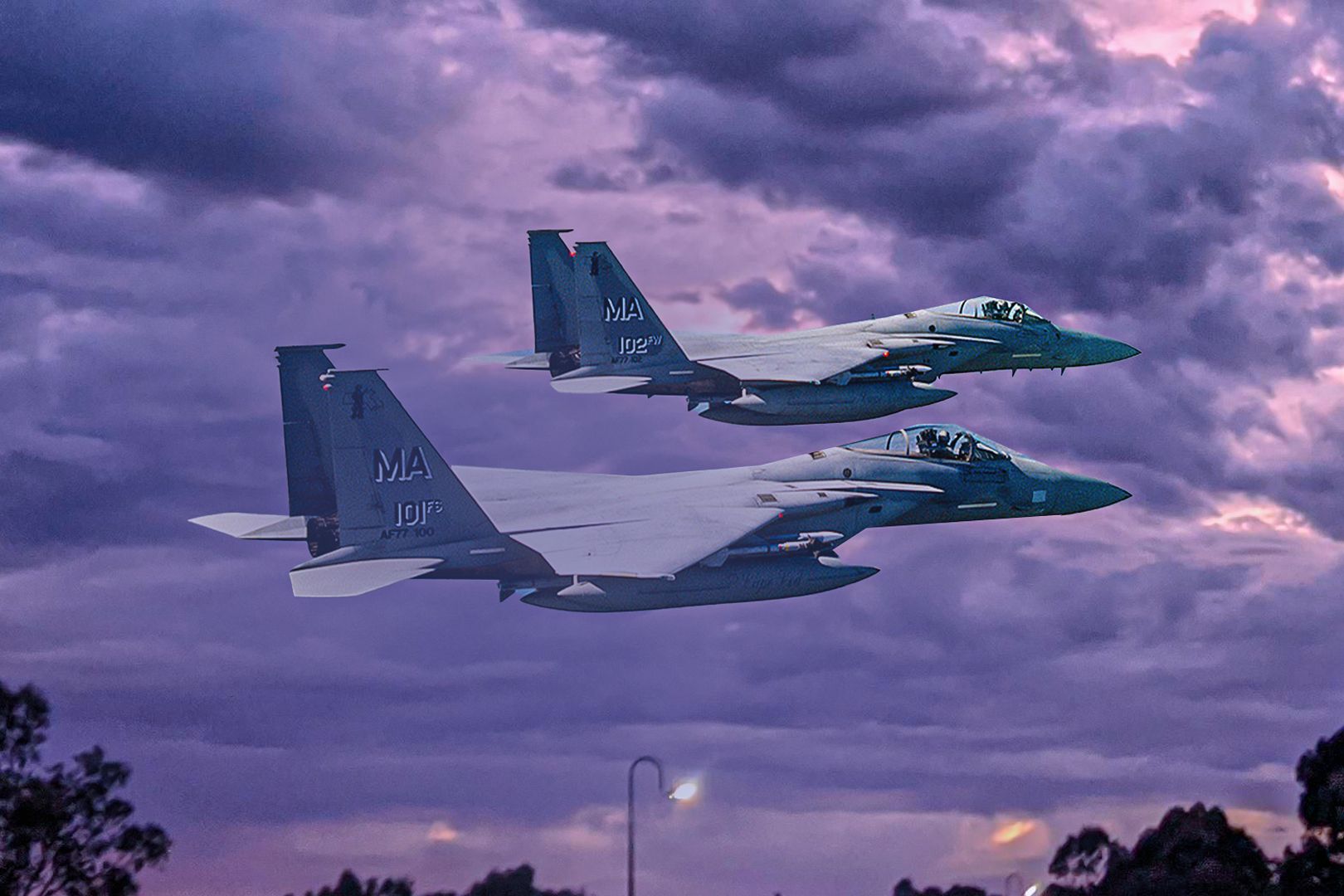Summary Combat Air Patrols are crucial for protecting American airspace from enemy aircraft. RPA drones play a key role in every combat air patrol, providing ISR capabilities. NORAD, with US and Canadian involvement, continuously monitors and protects North American airspace.
The United States routinely operates combat patrols to maintain security. These patrols include establishing a defensive zone to prevent enemy aircraft from penetrating friendly airspace. While some aircraft, like the P-8 Poseidon, are used for maritime patrol , others, like the F-22 and F-35, are used for combat patrol and interception.

For example, NORAD recently tracked two Russian and two Chinese bomber aircraft on a joint patrol in the North American US Air Defense Identification Zone. US Combat Air Patrols: keeping North America safe When enemy or unidentified aircraft are spotted flying within the zone, the US dispatches aircraft to intercept them. Enemy aircraft are monitored and warned not to violate American airspace.
The Air Force states , " A combat air patrol is essentially having an aircraft in the air, providing joint combatant commanders with dominant ISR and real-time munitions capability ." Types of Combat Air Patrols: High Asset Value Combat Air Patrol: Deployed to protect critical assets like AWACS (also called Escort Combat Air Patrol) Barrier Combat Air Patrol: Aircraft that establish a perimeter Combat Air Patrol & Strike: Combat patrol aircraft and strike aircraft (like fighter jets) Target Combat Air Patrol: Guard specialized attack aircraft like the AC-130 gunships from threats like enemy fighters SEAD Combat Air Patrol: Dedicated to suppressing enemy air defense so that friendly aircraft can operate Rescue Combat Air Patrol: Provide protection to combat search and rescue aircraft and the like (e.g.
, for downed pilots) The US and Canada work to ensure enemy aircraft do not penetrate North American airspace. Fighter jets are routinely scrambled to intercept enemy aircraft (like Russian long-range bombers). Due to Canada's importance for US aerospace security, the two countries normally work hand-in-hand through NORAD.
During the early days of the Cold War, the so-called "Bomber Mafia" ruled the USAF. But thanks to TAC, the "Fighter Mafia" eventually took over. NORAD - protecting North America NORAD (the North American Aerospace Defense Command) is a bi-national organization comprising the US and Canada to protect North American airspace between the two countries.
Its mission is to provide aerospace warning, aerospace control, and maritime warning for North America. NORAD regions: Headquarters: Continuous surveillance provided by: Alaska: Joint Base Elmedorf-Richardson, Alaska 176th Air Defense Squadron Canada: Winnipeg, Manitoba CF-18 Hornet fighter aircraft Continental US: Tyndall Air Force Base, Florida US Air Force and Air National Guard fighter inventory NORAD is tasked with detecting, validating, and warning of attacks against North America (by aircraft, missiles, or other means). NORAD collaborates closely with Homeland Defense to respond to unknown, unwanted, and unauthorized air activity approaching and operating within designated airspaces.
NORAD Founded: May 1958 Countries: United States, Canada Headquarters: Peterson Space Force Base, Colorado Springs, Colorado, U.S. Major regions: Alaska, Canada, Continental US The organization uses satellites, ground-based radar, airborne radar, and fighter jets to detect and intercept intruders.
If necessary, fighter jets engage any air-breathing threat to Canada and the United States. The three NORAD regions are the Alaskan NORAD Region, the Canadian NORAD Region, and the Continental US NORAD Region. Combat air patrols can be over cities in the US Combat air patrols are not only conducted to establish a perimeter around American airspace; sometimes, the patrols are undertaken within the continental United States itself.
In the wake of the September 11 attacks, the Air National Guard sprang into action with air patrols to protect the United States from further attacks. Within 24 hours of the attacks, the Air Force flew 179 combat air patrols, presidential escorts, and Federal Emergency Management Agency support missions. According to the National Guard , continuous combat air patrols were maintained over Washington, DC, and New York City until the spring of 2002.
Most of these missions were carried out under the auspices of Operation Noble Eagle. The attacks ironically served to preserve and strengthen the continental air defense mission (which was being viewed at the time as a post-Cold War relic). These are some of the most important strategic missions.
The Importance of Remotely Piloted Aircraft Not all combat air patrols need to be conducted by manned aircraft—they can be conducted by Remotely Piloted Aircraft (RPA). The US Air Force also uses remotely piloted aircraft (aka drones) like the MQ-1 Predator and MQ-9 Reaper. Both manned and unmanned aircraft need to be prepped and ready to go at any time.
“Mission planning in a new area of responsibility can be intense and require additional documentation such as airspace control plans, air operations directives, air tasking orders, and rules of engagements. It would be my job as well as other shops to disseminate these documents. I’m also responsible for ensuring the squadron is fully manned and ready to operate in combat 24/7/365.
” Lt. Col. Ronnie , the 42nd Attack Squadron’s ops director These drones play key roles in supporting every combat air patrol, enabling commanders to access ISR capabilities at all times.
The Air Force's RPA enterprise flies 60 combat air patrols in a 24-hour period, an operation that requires the input of thousands of Airmen (from remote pilots to senior operators to weather forecasters)..



















